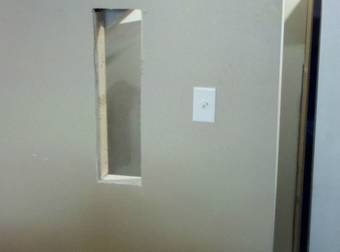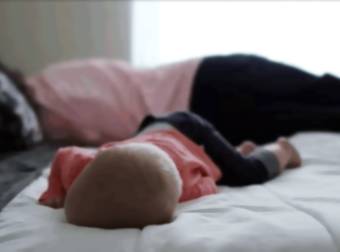New York-based artist Mike Hall creates art that’s hard to define. He calls it “optical field expressionism.” In a dark space, he aims a camera and a projector at a surface, either a blank wall or a model. When the two optical fields interact, the result is startling, and incredible. The below stills are taken from some of his performances. The colors and patterns you see are not projections, and no editing or digital manipulation ever takes place.
Still from Colors (2007)
Still from Mask of Light II (2008)
Still from Scream of Light (2012)
Still from Vox Lumina (2011)
Still from Mask of Light II (2008)
Still from Scream of Light (2012)
What was initially just an area of light becomes a swarm of moving lines and shapes, liquid-seeming areas of color that flicker and overlap, and points of light that grow like organisms. When the surface on which they are materializing is altered in some way–such as the shadow of a hand passing over the wall or the movement of a model–the light reacts and changes. When he noticed this, Hall began to create performances using the optical fields and models.
Colors, 2007
The shapes, movement and light you see on the models’ skin and on the other surfaces are not projections, but are rather reactions happening in the moment. This is caused by the manipulation of the optical fields created by the camera and projector. The fields are adjusted via light levels and aperture openings in the camera. A second camera is used to document the performance.
Teardrops, 2012. Here, you can see how the highlights on the model’s eyes, as well as the shadows elsewhere, create areas of light and dark that react to her movements.
The performances are at once controlled and random. When the reactions occur, there’s no real way of controlling, say, the colors that appear, or if they’ll appear at all. That’s based on the way the white light is refracted on the surface. But the motion of the patterns can be controlled by moving the model or adjusting the light levels in the space, so Hall has had to work out a careful balance of minute technical adjustments and the willingness to go with the proverbial flow. “Under controlled conditions, [the refraction will] split light into its component parts will accumulate at the rate of almost 30 frames per second, setting in motion an evolution of color variation at every pixel location,” he explains.
Edge Case, 2008. This interactive performance shows a visitor playing with the light fields to generate motion and forms.
If a live model is not used, the effects can still be incredible. Instead of using a person’s features as a point of reaction, the wiggly pixels use the patterns of light and dark and create, as Hall describes them, “graphical forms that are unique from one moment to the next yet exhibiting a consistent graphical signature that almost resembles a form of aesthetic style.”
You can check out more of Mike Hall’s work at his Vimeo and Facebook pages
All images and video via Mike Hall
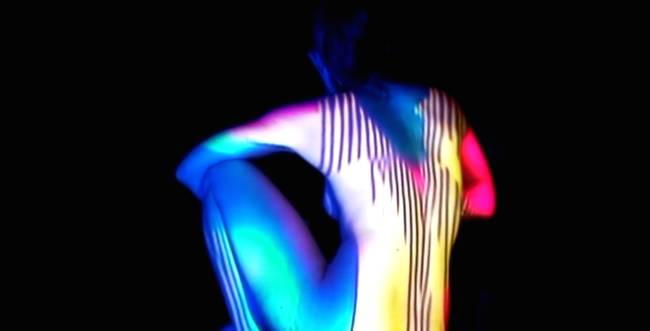 share
share
 share
share
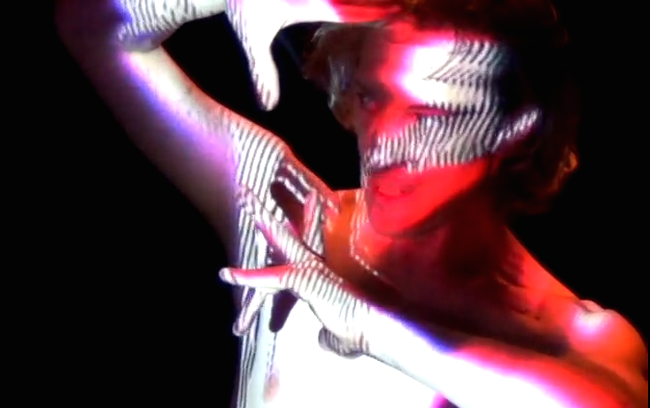 share
share
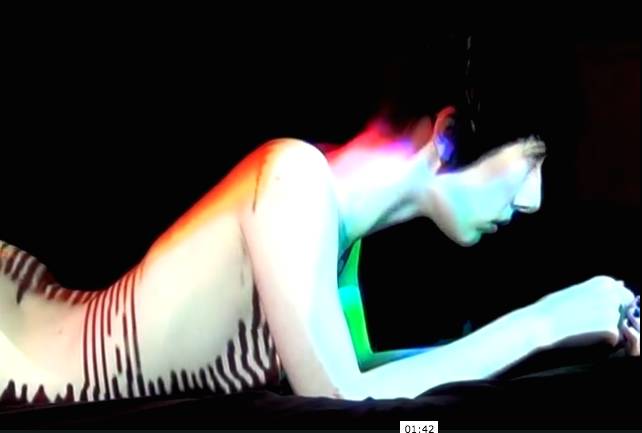 share
share
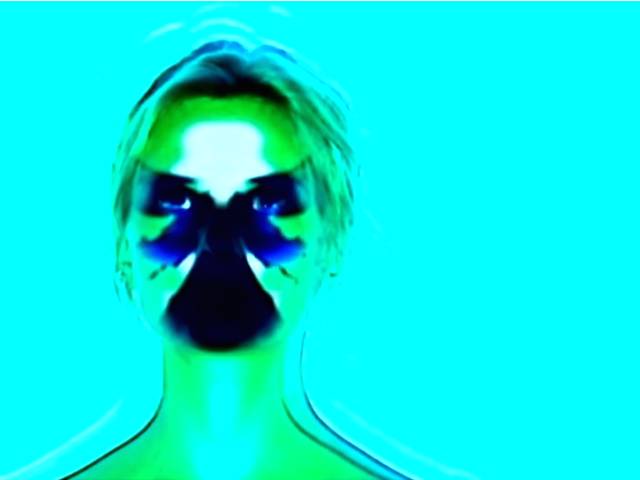 share
share
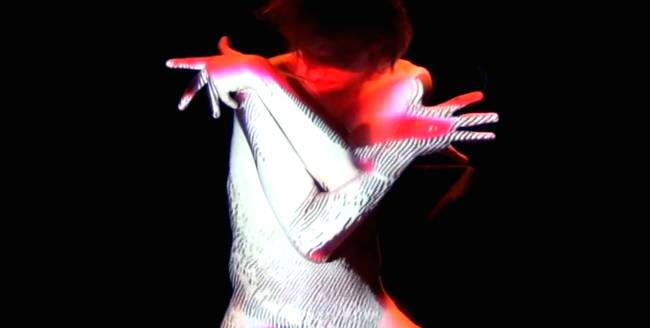 share
share

